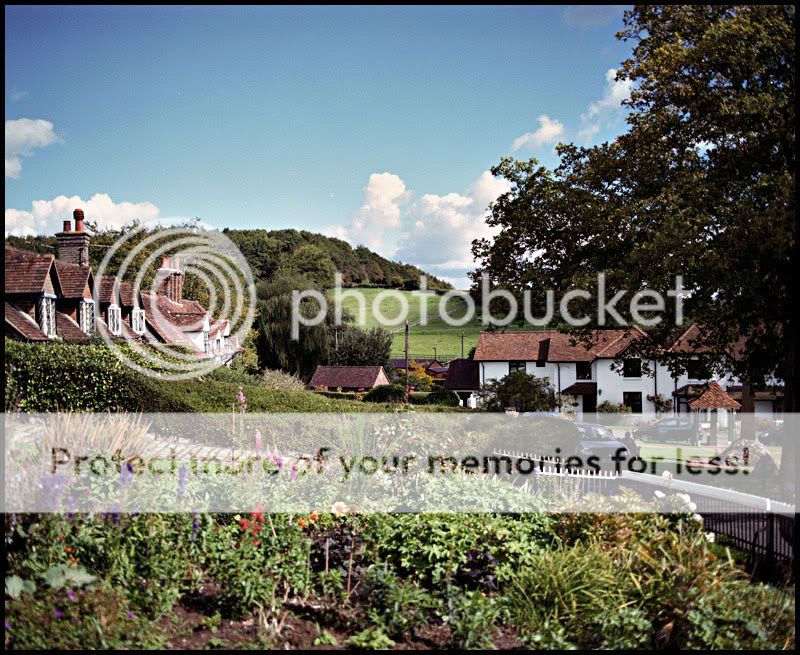Sharpening ... I have read, time and time again, that it should only be done once, and specifically for the intended output. Large/small print/web image/etc etc
Sharpening an already sharpened image will give halo's and outlines to everything, and flatten the image somewhat.
As always, rules are made to be broken. The trick is knowing when to break them and why.
There are two things going on here
1) Processing a Scan
Especially with flatbed scanners like the V700/V750, the raw output is far from optimal. The scan head reads through the glass of the scan bed, for one thing. As distinct from sharpness at the pixel level, the scan will usually suffer from a lack of overall contrast.
Consequently, I (and excalibur2) apply a wide-radius USM at a low amount level to correct this.
This acts at a radius of 30 or 50 pixels, so still leaves the sharpness of the details untouched. In many practical respects, it's not what you would really call sharpening, but more like the application of a series of tone curves with very complex masks.
A second pass at a tighter radius (2-5 pixels) and a higher amount is then applied to bring out the detail, which is what you would conventionally think of as 'sharpening'.
Personally, with scans from my V700, I'll often apply a final pass at around 0.25 to 0.5 pixels to tighten details up to my satisfaction.
With film scans, I may do either or both of the last two passes with a high-pass filter technique to avoid over-emphasising the grain.
The important thing here is that the three different sharpening passes are directed at different radiuses for different purposes. They affect the photo in different ways.
What you wouldn't want to do is to apply multiple sharpening passes of the same or similar radius to the same file, as this
is liable to result in halos.
If you have a drum scan or a scan made by a dedicated film scanner, then some or all of these steps may be unnecessary, especially if the scanning software provides satisfactory sharpening of its own to the output. I've not got deep enough pockets for that kind of kit.

2) Size reduction
So, you take your TIFF file that's several thousand pixels wide and knock it down in size to 800px for posting on a forum. That happens by averaging the values of the pixels from the original size to calculate the one in the final, small file. A side-effect of this is to reduce the apparent sharpness of the reduced file.
To counteract that, it's common to apply a small amount of sharpening to the reduced-size version. Photoshop offers it as an option when resing (
Bicubic Sharper). I like to leave it without (normal Bicubic resize) and have control of the sharpening at the reduced size.
This is your final output sharpening, optimised for the finished size.
 and total cost with postage there and recorded del back was £16.
and total cost with postage there and recorded del back was £16.




 ...can we swop it for my one when no one is looking?
...can we swop it for my one when no one is looking?